Firearm Payment Plans (Layaway & Financing Guide)
Firearm Payment Plans (Layaway & Financing Guide)
Offer firearm payment plans the right way: FFL-compliant layaway, ACH options, and clear underwriting so your store can sell responsibly without shutdowns or funding holds.
Do Gun Shops Do Payment Plans?
Yes. Many FFL gun shops offer firearms payment plans through in-house layaway, ACH/eCheck, or third-party financing that supports lawful gun sales. Because most mainstream BNPLs don’t allow firearms, merchants rely on FFL-friendly payment processors and simple installment structures with clear terms and FFL transfers at pickup or delivery.
What counts as a “payment plan” for firearms?
- Layaway: deposit + scheduled payments; transfer occurs only after balance is paid.
- ACH/eCheck: low-fee bank payments for higher-ticket rifles and wholesale orders.
- Split pay via card: partial pre-auths or recurring card charges (where allowed).
How to Set Up Firearm Layaway (Compliant & Clear)
Layaway is the most common firearms payment plan because it’s simple, predictable, and FFL-compliant. Use written terms and a checkout note explaining transfer timing to avoid disputes and funding holds.
Layaway terms to publish
- Required deposit percentage and payment schedule.
- Cancellation policy and restocking fee (if any).
- FFL transfer occurs after final payment and background check clearance.
- Non-transferable item holds and timelines before order is cancelled.
Gun-Friendly Alternatives to BNPL
Most mainstream BNPL providers exclude firearms and ammo. Use these payment options instead to keep conversions high and costs low:
- ACH/eCheck: lower processing costs for big tickets; good for rifles and custom builds.
- Card + deposit: charge a deposit on card, collect remaining balance via ACH or at transfer.
- In-store financing partners: only if the lender explicitly accepts firearms categories.
Website Checklist for Firearm Payment Plans
Clean websites get approved faster. Add these elements so underwriting can greenlight your firearm payment processor with confidence:
- Payment plan page describing layaway, deposits, timelines, and return policy.
- FFL transfer instructions visible on relevant product pages and checkout.
- Age verification, acceptable use, shipping/returns, and restricted-state messaging.
- SKU photos and descriptions that match what will be transferred.
Policies That Prevent Chargebacks
Payment plans can reduce disputes when expectations are set up front. Publish terms and keep records so you can win challenges and keep fees down.
- Disclosure at checkout: payment schedule, FFL transfer timing, cancellation rules.
- Documentation: order confirmations, signed layaway agreement, FFL transfer receipt.
- Risk tools: AVS/CVV, velocity checks, and signature confirmation on shipments.
Fees & Rates for Firearm Payment Plans
Expect interchange-plus on cards and a small per-transaction fee on ACH/eCheck. Some newer merchants may start with a rolling reserve that decreases after clean history.
- Card processing: interchange + margin, per-txn fee, monthly gateway/statement.
- ACH/eCheck: lower per-txn cost; ideal for large orders and repeat buyers.
- Chargebacks: fixed fee per dispute; alerts help prevent escalations.
- Reserves: case-by-case; request release schedule in writing.
FAQ: Firearms Payment Plans
Can I finance complete firearms online?
Yes—through layaway or compliant lenders that accept firearms. Transfers still route through an FFL at the final step.
Do BNPL services work for guns?
Most do not. Offer ACH/eCheck and layaway to keep checkout flexible for larger purchases.
When does the FFL transfer happen?
After the balance is paid and background check clears. Never transfer before final payment.
How do I reduce disputes on payment plans?
Publish clear terms, capture signatures, and keep FFL/shipping records for every order.
